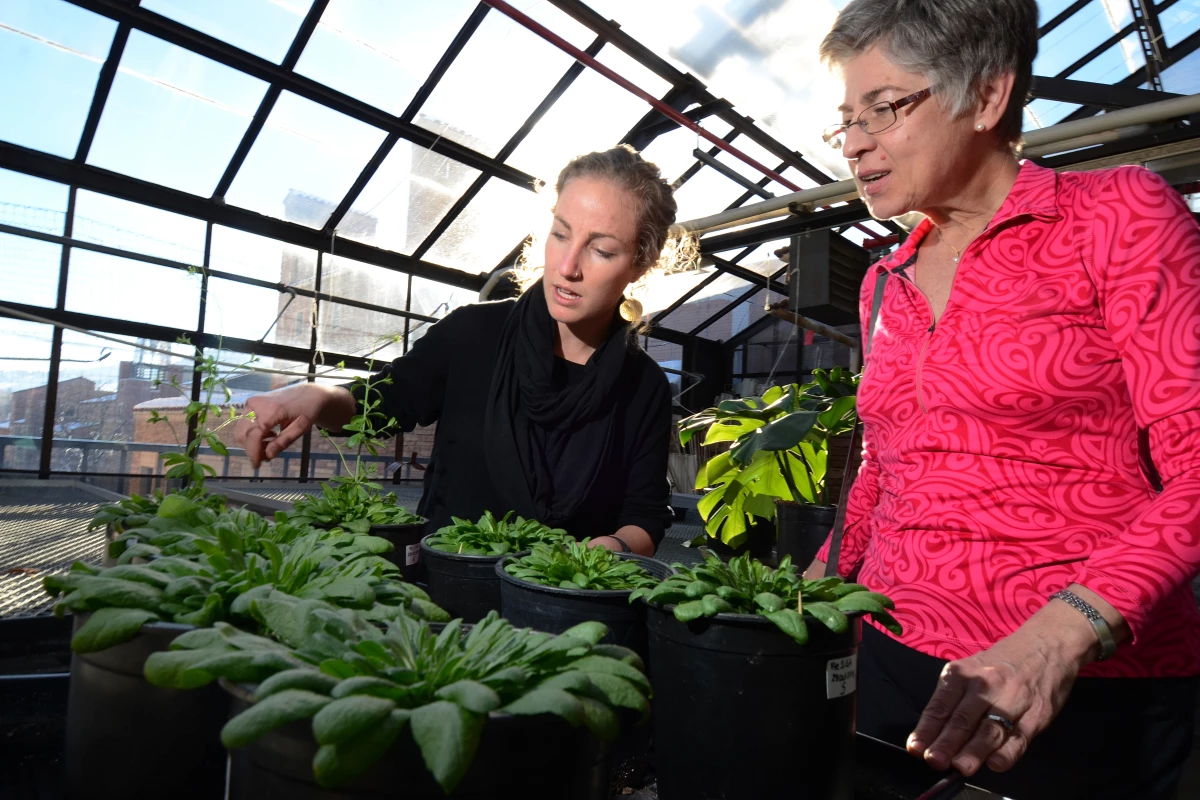There's a conundrum of growing food in outer space: the same optimal conditions that create quick plant growth also leaves them missing a nutrient that protects human eyes from radiation, such as astronauts experience. However, scientists under the direction of Barbara Demmig-Adams at the University of Colorado Boulder have developed a method of using bright pulses of light to trick plants into producing more zeaxanthin, which humans cannot produce on their own but is essential for long-term eye health and visual acuity.
“When we pamper plants in the field, they produce a lot of biomass but they aren’t very nutritious," says Demming-Adams, in describing the paradox of traditional growing methods. The very harsh conditions – such as drought or pathogens – that might make a plant unable to use all the sunlight falling on its leaves also increases the production of zeaxanthin, in anticipation of needing to absorb the extra sunlight safely.
And the very mechanism by which zeaxanthin (pronounced "zee-ah-zan-thin") absorbs light in plants makes it also essential in the human eye to absorb sunlight safety. In fact, the little circle in the center of your retina, the macula, is so orangey-yellow because of all the zeaxanthin harbored there, with light rays being focused on that one small spot.
Which us brings us back to back to space veggies, or Earth veggies grown in “ideal” conditions. While there are supplements available for carotenoids, other research has shown that uptake into the body still isn’t as good as from plant sources. Additionally, for other reasons such as astronaut morale, fresh vegetables are still desirable.
Therefore, undergraduate researcher Elizabeth Lombardi asked if an understanding of plant behavior – that is, manipulating their environment rather than their genes – could create growing conditions that would increase production and retention of this essential pigment without affecting biomass yields.
After comparing a control of two intensities of light, a brighter one that decreased the size of plants but increased zeaxanthin, and one that was optimum for quick growth, the research team started providing the plants with several daily five-minute bursts of relatively high-intensity light on top of the background of optimum light. They discovered that not only were overall yields unaffected, but that plants were producing and retaining more zeaxanthin, about a four- to five-fold increase over their control counterparts.
Demming-Adams describes this response as the plant preparing ahead. A burst of intense light is not enough to slow the plant’s growth, but does induce them to get their “biomechanical machine ready” in case of more light in the future.
In case you're curious, zeaxanthin's more well-known relatives, beta-carotene and lutein are produced in constant amounts in plants and are not converted into other compounds over time, unlike zeaxanthin. Though measured in this study, these other two carotenoids were not affected by the pulses of light in the same manner.
The research was published in the astronautics journal Acta Astronautica, but as Lombardi pointed out, is relevant to any situation involving growing crops in small areas, like urban farms.
Source: University of Colorado, Boulder




